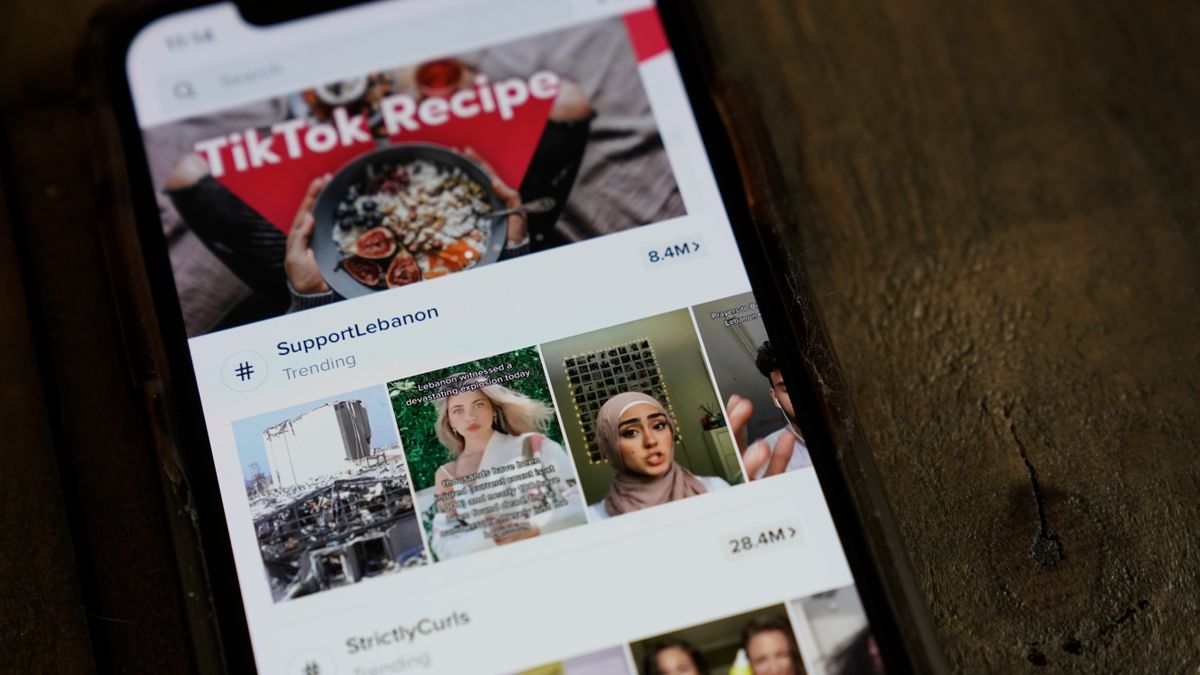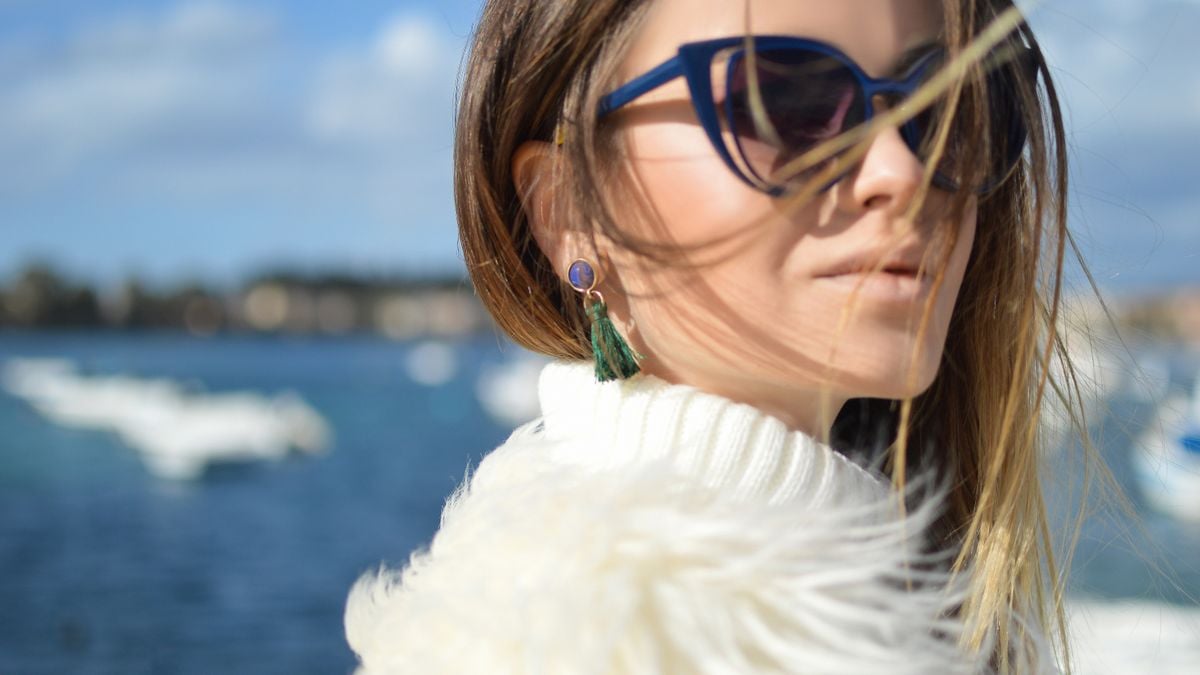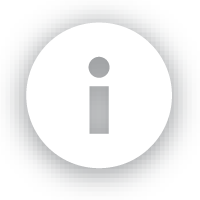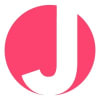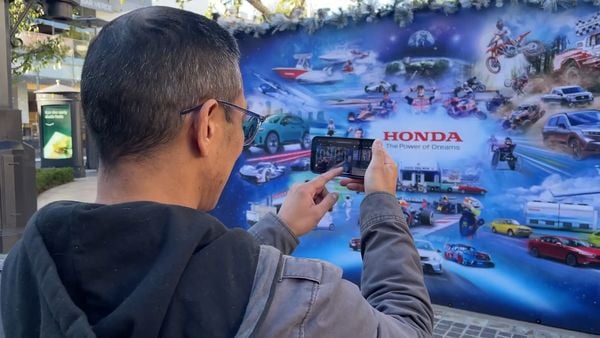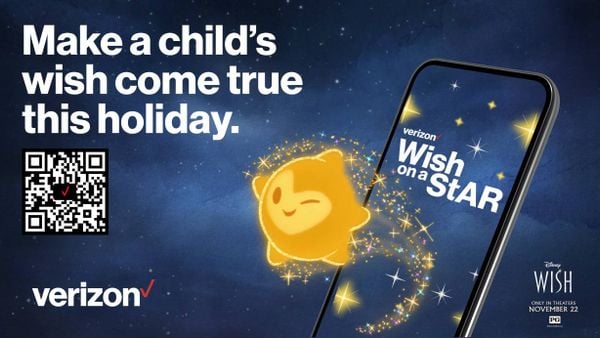Ensuring brand safety remains a priority for TikTok as the video-sharing app becomes a more prominent part of the marketing mix, as with the social media platforms that preceded it to prominence.
In October, the company announced a partnership with digital content ratings provider OpenSlate to offer a third-party verified brand safety solution to advertisers. More than six months into that partnership, brands continue to embrace TikTok, due in part to its brand safety standards. Plus, the partnership is not only helping brands move beyond brand safety, but also informing the creation of ads with the video platform in mind — the "don't make ads, make TikToks" instruction that has become the platform's mantra for advertisers.
One such brand is HP, an early adopter of TikTok that has found success on the platform not just with the Gen Z audience that is most associated with it, but other demographics as well. Executives from HP, TikTok and OpenSlate discussed the platform's bespoke brand safety solution and what it means for advertisers during a virtual session at the Brand Safety Summit North America on Thursday.
Designing a solution with TikTok in mind
For TikTok, designing brand safety tools for advertisers — beyond its own work at content moderation — was a top priority, which is why the company brought on OpenSlate to create a bespoke solution for the platform.
"Working with a third-party verification partner is vital to ensuring to brands that we're able to mitigate risk around content and brand reputation," said Melissa Yang, TikTok's global head of ecosystem partnerships, during the session.
The keys to such brand safety or a contextual product like OpenSlate's solution revolve around determining what's unique about the platform, understanding what ad products are available and seeing how both parts intersect with the needs of the marketplace, whether direct response advertisers or brand advertisers, OpenSlate CEO Mike Henry explained.
"Our role in the ecosystem is to help promote high-quality content and help connect advertisers and platforms around the sorts of content that are on the platforms and [that] advertisers want to be around," Henry said.
For TikTok, which utilizes a full-screen, vertical video format, brand safety is somewhat different than on other platforms. OpenSlate used GARM's brand safety floor and suitability framework as part of a two-part process that combines technology — bringing TikTok data into OpenSlate's data pipeline — and humans watching content. The solution clears the adjacent videos that play before and after the ad, and reports results — including what videos the ad ran near — in a post-campaign basis.
Brands testing the waters
HP's Senior North America Marketing Manager Anthony Barranco joined the firm in the summer of 2019, around the time TikTok was first growing and attracting interest from brands. Despite its meteoric growth, Barranco noted the early concern around the platform.
"With any major brand, there's inherent hesitancy with new platforms, especially within social, to immediately dive in headfirst, even when there's so much compelling alignment with what the platform is achieving and so much overlap with what the media objective of the campaign is," he said.
HP tested the waters with a small campaign investment on TikTok and confirmed that the platform helped it reach the target audience, who proved receptive to the brand and the message to a significant degree. Before HP could amplify its presence, it would need to answer questions around brand safety, and while TikTok's assurances were encouraging, third-party verification was a must.
"We were able to confirm with the OpenSlate results that everything TikTok was telling us from a brand safety perspective held up," Barranco said. "The confirmation from this third party was really vital to the future programs that we were running on TikTok and really gave us the comfort level needed to expand our presence beyond just that initial test."
The success of the early campaigns and brand safety guarantees from TikTok and OpenSlate have made the platform a must for HP.
"Being an early adopter to a new and innovative platform has its benefits... it sure beats out all the missed opportunity of being a laggard to a new platform," he said.
Building better campaigns
Once brands are comfortable with the brand safety landscape on TikTok, they can shift focus to suitability — understanding how to make ad content that works for the platform's audience, OpenSlate's Henry explained.
"One of the things I'm personally interested in is using some of the data that we have to help advertisers know what good content looks like, and how to stay up with all of the trends and all of the creators," he said. "On TikTok, it's so obvious when you come to a piece of content that doesn't feel like the rest of the content there."
Because of its full-screen, immersive format and lack of visual clutter, ads on TikTok are different than ads in traditional channels or even on other social apps. Rather than interrupting audiences to grab attention, TikTok ads are best when they take advantage of the engaging environment. Brands that deliver valuable, useful content can find a receptive audience on TikTok, Yang explained.
Simultaneous to its brand safety developments — and the rollout of even more tools for creators — TikTok is growing into more than just a platform to reach Gen Z. HP has seen the audience grow to include millennials as well, making the platform an even more essential part of the marketing mix.
"We already know that there's this inherent ability to not only reach the people we want to reach, but reach them with an ad that will get a complete message across to our user," Barranco said. "If we have data around whether or not our audience is there, and we have this really great historical performance, that's something that we can apply and make a judgement [for future campaigns]."



